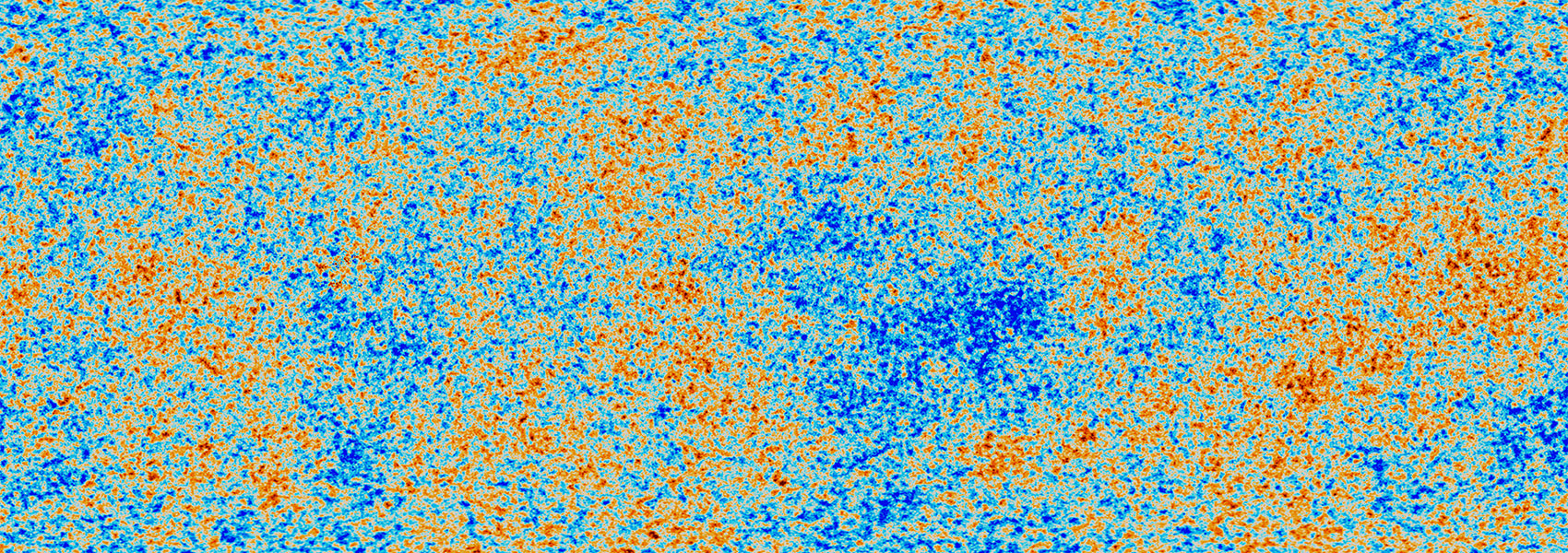February
2023
•
2023ApJ...943L..16S
Authors
•
Schneider, Adam C.
•
Burgasser, Adam J.
•
Bruursema, Justice
•
Munn, Jeffrey A.
•
Vrba, Frederick J.
•
Caselden, Dan
•
Kabatnik, Martin
•
Rothermich, Austin
•
Sainio, Arttu
•
Bickle, Thomas P.
•
Dahm, Scott E.
•
Meisner, Aaron M.
•
Kirkpatrick, J. Davy
•
Suárez, Genaro
•
Gagné, Jonathan
•
Faherty, Jacqueline K.
•
Vos, Johanna M.
•
Kuchner, Marc J.
•
Williams, Stephen J.
•
Bardalez Gagliuffi, Daniella
•
Aganze, Christian
•
Hsu, Chih-Chun
•
Theissen, Christopher
•
Cushing, Michael C.
•
Marocco, Federico
•
Casewell, Sarah
•
Backyard Worlds: Planet 9 Collaboration
Abstract
•
We present the discovery of CWISE J050626.96+073842.4 (CWISE J0506+0738), an L/T transition dwarf with extremely red near-infrared colors discovered through the Backyard Worlds: Planet 9 citizen science project. Photometry from UKIRT and CatWISE give a (J - K)MKO color of 2.97 ± 0.03 mag and a J MKO - W2 color of 4.93 ± 0.02 mag, making CWISE J0506+0738 the reddest known free-floating L/T dwarf in both colors. We confirm the extremely red nature of CWISE J0506+0738 using Keck/NIRES near-infrared spectroscopy and establish that it is a low-gravity, late-type L/T transition dwarf. The spectrum of CWISE J0506+0738 shows possible signatures of CH4 absorption in its atmosphere, suggesting a colder effective temperature than other known, young, red L dwarfs. We assign a preliminary spectral type for this source of L8γ-T0γ. We tentatively find that CWISE J0506+0738 is variable at 3-5 μm based on multiepoch WISE photometry. Proper motions derived from follow-up UKIRT observations combined with a radial velocity from our Keck/NIRES spectrum and a photometric distance estimate indicate a strong membership probability in the β Pic moving group. A future parallax measurement will help to establish a more definitive moving group membership for this unusual object.
Links


.png?1523393848)

